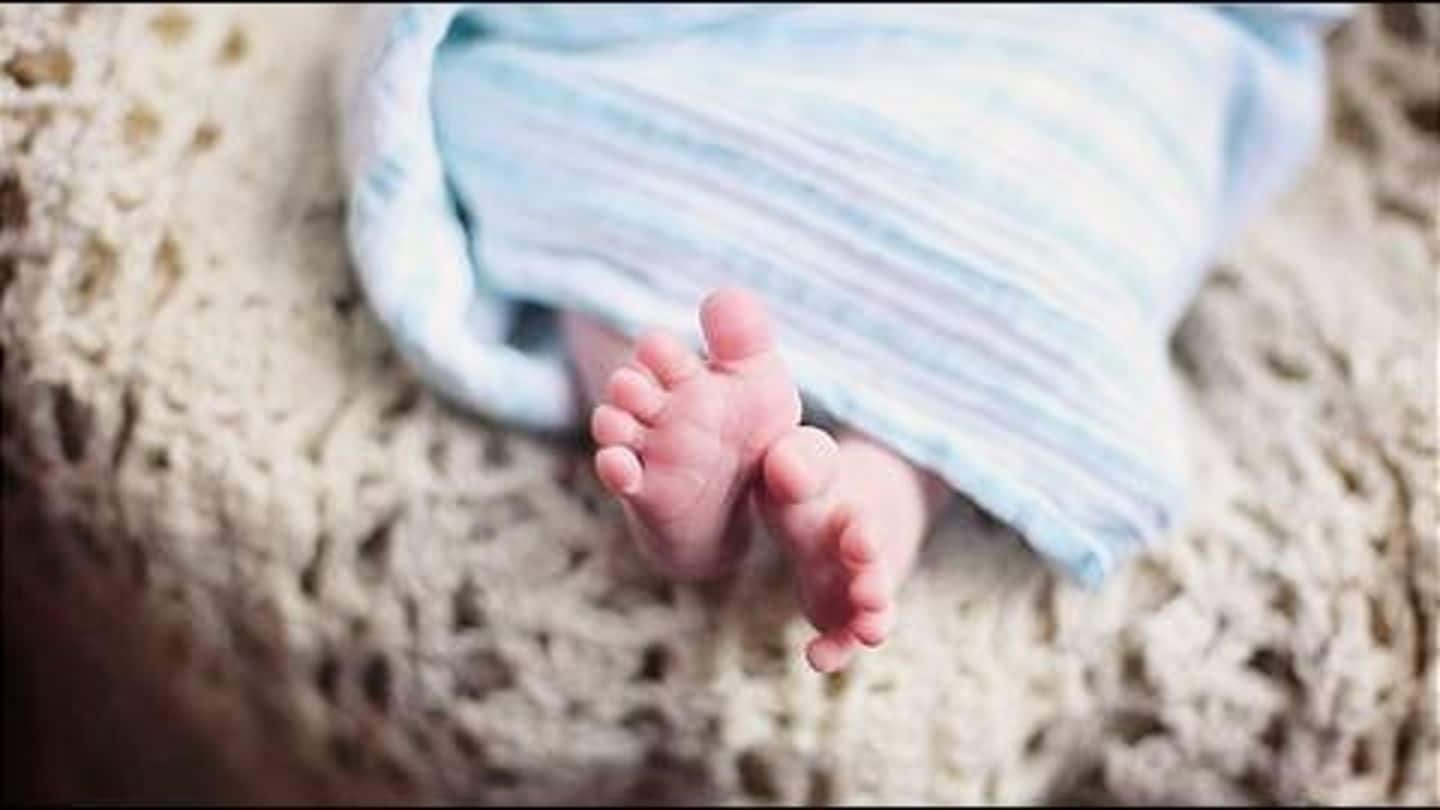
Artificial Womb 'Biobag' for preemies: Are human babies next?
What's the story
Scientists have taken a significant step towards an artificial womb by developing eight fetal lambs inside 'Biobags'.
Over four weeks, the fetal lambs' lungs, brains, and wool grew; they developed much like they would have inside their mothers' wombs.
The study claims that Biobag could also help premature human babies to develop outside the uterus. But, how close are we to the reality?
Biobag
Uterus-like environment to help fetuses develop in
Lead author of the study and fetal surgeon at the Children's Hospital of Philadelphia Alan Flake said Biobag would give premature infants a more natural, uterus-like environment.
Biobag is a clear plastic bag that encloses the infant, protecting it.
It contains an electrolyte solution similar to the uterus's amniotic fluid and a way to circulate the fetus's blood and exchange carbon dioxide for oxygen.
Quote
It's important not to get ahead of the data: Flake
Alan Flake said, "It's complete science fiction to think that you can take an embryo and get it through the early developmental process and put it on our machine without the mother being the critical element there."
Premature Infants
Intensive support outside mothers' bodies
About 10% of babies in the US are born prematurely (before 37 weeks) and 6% are extremely premature (before 28 weeks).
The babies surviving delivery require mechanical ventilation, medications, and IVs; even after making it out of the ICU, many of them suffer from health issues arising from the stunted organ development.
Flake hopes Biobag will improve care options for extremely premature babies.
Challenges
Challenges in developing an artificial womb
One of the major challenges in creating an artificial womb was recreating the circulatory system with enough pressure that connects fetus to the mother.
Flake and his colleagues developed a pumpless circulatory system in which the baby's heartbeat was sufficient to power blood flow.
To avoid infections, researchers developed the artificial amniotic fluid that flows in and out removing waste and shielding from germs.
Fetal Lambs
Researchers euthanized lambs to examine organs
Biobags were tested on eight fetal lambs that were 105-120 days into pregnancy (equivalent to human fetuses at 22-24 weeks).
After four weeks, the lambs were put on ventilator in Neonatal Intensive Care Unit (NICU).
All lambs except one were euthanized for examination of organs, which looked normal and uninjured.
However, it would take more research before Biobags could be used on human babies.
Cutting-edge Care
Preventing prematurity should be top priority: Neonatologist Elizabeth Rogers
Neonatologist Elizabeth Rogers said the Biobag is innovative but wouldn't offer cutting-edge care to expecting mothers.
She said there are disparities after preterm birth but the outcomes are often better when mothers have access to high-level care.
She added the hype surrounding the Biobag could impact parents with preterm babies as they may think the complicated post-delivery care is going to be easy.
Human Beings
How close are we to artificial human wombs?
Scientists have invented a nutrient-rich fluid that mimics the womb-like conditions and keeps human embryo alive for longer before being implanted into a mother.
Cambridge University scientists created a miniature womb lining to provide insights into early pregnancy stages.
However, no technology has yet been developed to replace a womb at the earliest stages of fetal development and artificially support humans from embryo forward.
Motherless birth
Medical science gradually moving towards 40-week ectogenesis
Ectogenesis refers to human development outside the womb through the entire 40-week process.
The closest phenomenon to motherless birth in humans is preterm birth (halfway through pregnancy).
To achieve motherless birth, artificial wombs need to replace not only the physical and biochemical support but other important factors a mother contributes to fetal development.
Uncertainty surrounds how many years it will take to achieve it.